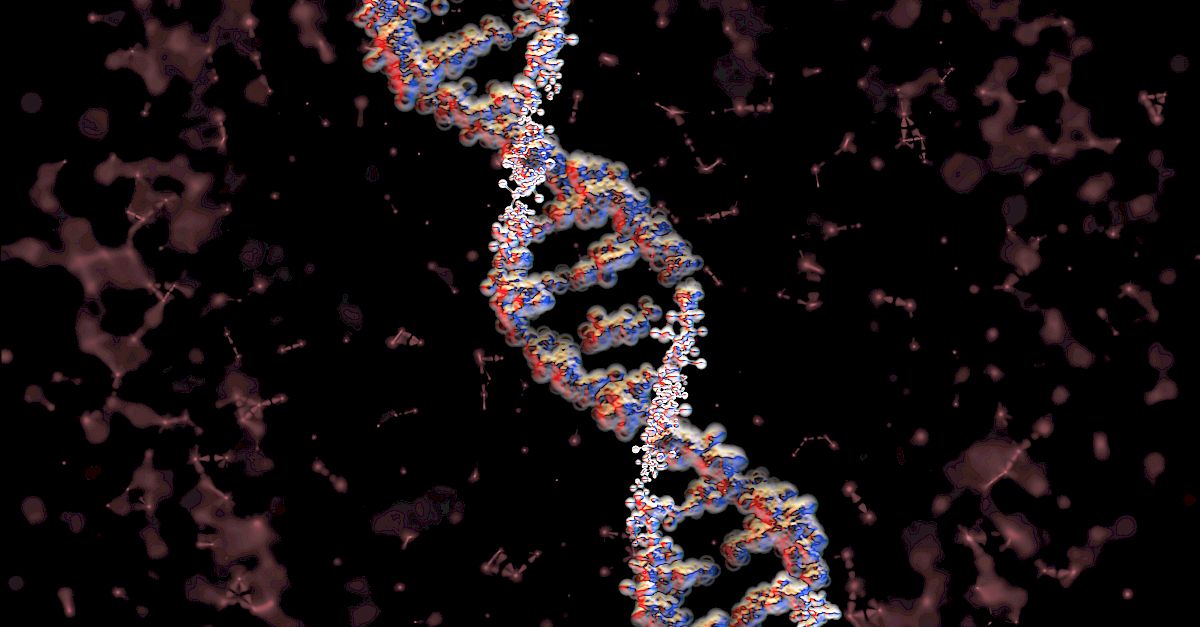In current clinical practice, radiologic imaging is typically performed at baseline and again 6–10 weeks after treatment initiation to assess tumor response. This can cause some patients to be unnecessarily exposed to weeks of costly, potentially toxic treatment with little benefit. Rising interest in alternative methods has led experts at The University of Texas MD Anderson Cancer Center in the United States to explore the potential benefits of using circulating tumor DNA (ctDNA) response criteria in lieu of or to complement imaging-based assessments.
Dr Mohamed Gouda and colleagues evaluated ctDNA assessments from serial blood samples of 260 treatment courses administered to 204 patients between January 2012 and December 2019. Their study demonstrated the feasibility and value of using ctDNA dynamics to monitor therapeutic response in patients with advanced cancers. Of the patients studied, those with progressive disease at first restaging had higher ctDNA detection rates than nonprogressors at baseline, midtreatment, and first restaging. Similarly, nonresponders had higher ctDNA detection rates at midtreatment and first restaging compared with responders (patients with partial or complete response at first restaging). Patients with presence and/or high quantity of ctDNA also had a shorter median time to treatment failure (TTF) than those without detectable or with low ctDNA.
ctDNA was predictive of progressive disease in patients whose levels were monitored throughout the course of treatment until the end of therapy (n = 91). ctDNA progression preceded or occurred with progressive disease in 72.5% of these patients, with a median lead time of 23 days. Those who continued treatment beyond ctDNA progression had a median time to clinical or radiologic progression of ≤5 weeks. Therefore, the authors suggest that changes in ctDNA quantity can be used as an early indicator of clinical outcomes (ie, treatment response, TTF), even at the midtreatment time point.
High level
The ctDNA response criteria proposed by Gouda et al, which separate patients into distinctive groups by ctDNA detection, may be used as an alternative to imaging for patients with advanced cancers. The authors suggest ctDNA response criteria may have particular clinical usefulness for patients whose disease is hard to measure. Prospective studies are still needed to confirm the benefits of ctDNA monitoring, but this study provides proof of concept for development and application of future ctDNA-based approaches to predict outcomes in advanced cancers.
Ground level
ctDNA detection has potential use as a supplement to conventional imaging for assessing treatment response in patients with advanced cancers, especially if imaging assessments alone are inconclusive. The authors proposed ctDNA response criteria that separate patients into distinct groups: G1 (detectable ctDNA remaining detectable during therapy); G2 (detectable ctDNA becoming undetectable during therapy); G3 (undetectable ctDNA becoming detectable on therapy); and G4 (undetectable ctDNA remaining undetectable on therapy). These groups differ by their median TTF; patients in the G2 group had the longest TTF among all of the groups identified, while those in the G1 group had the worst outcomes.

